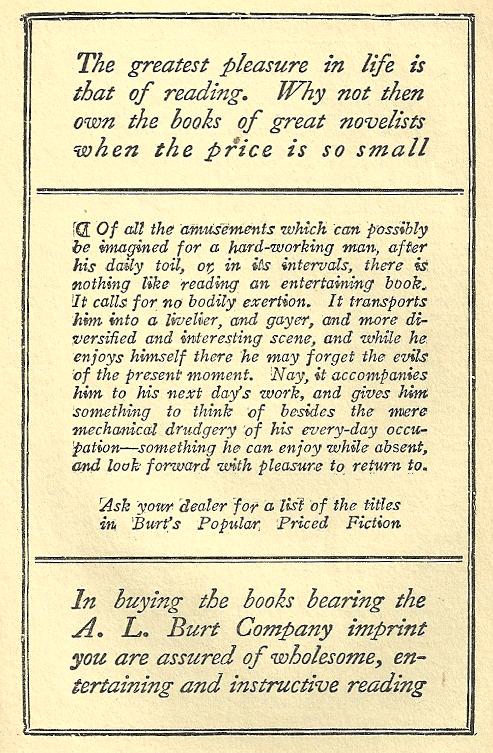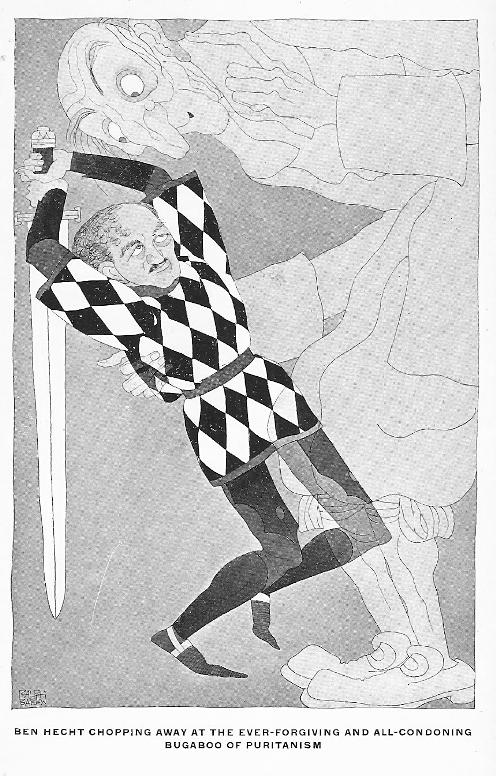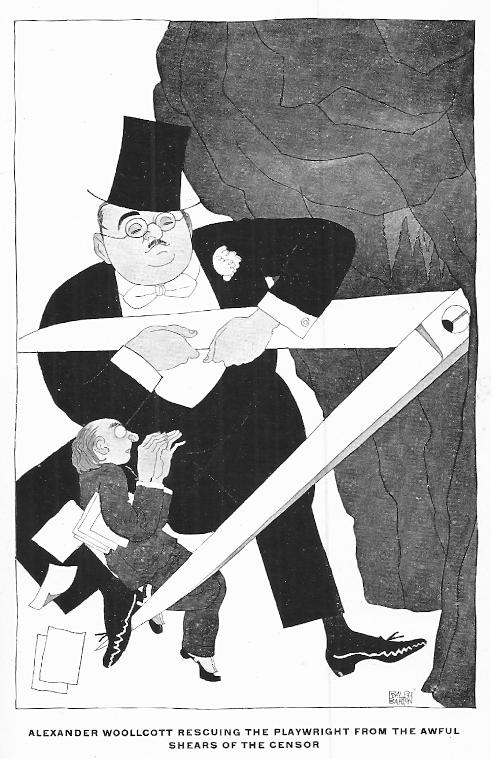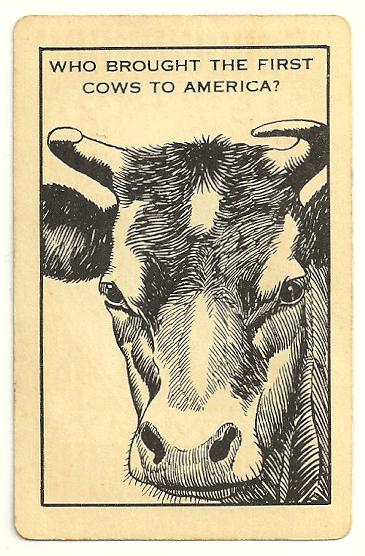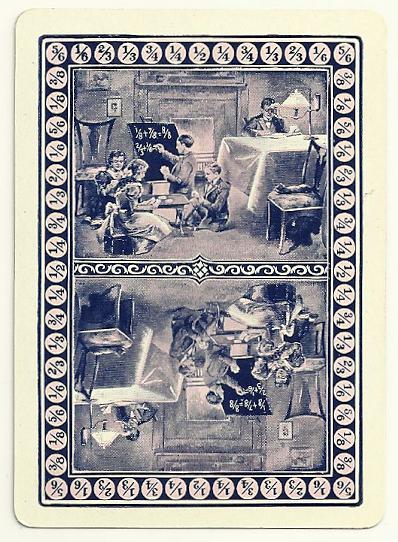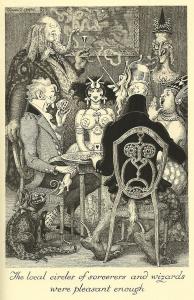This ad, taken from the back matter in a 1920 edition of The Insidious Dr. Fu Manchu, proclaims that reading is “the greatest pleasure in life.” The reason, we are told, is because reading lets us escape our awful lives without having to get any exercise. Sounds good.
On the Pleasures of Reading
January 26th, 2015 · 2 Comments
→ 2 CommentsTags: Books
A Fortean Footnote
January 19th, 2015 · Comments Off on A Fortean Footnote
The Fortean Society was founded by writer Tiffany Thayer in 1931, to promote the work of Charles Fort. By sheerest coincidence, two of its founding members, Ben Hecht and Alexander Woollcott, contributed to the same anthology, Nonsenseorship, back in 1922. They both wrote essays decrying censorship, and were duly caricatured by Ralph Barton. Here, then, are these two rare caricatures, from the troubled and talented Barton.
(Posted by Doug Skinner)
Comments Off on A Fortean FootnoteTags: Books · Cartoons · Forteana
Bulletin (30)
January 1st, 2015 · 3 Comments
Happy New Year!
I’m turning 60, and will mark the occasion with a program of my songs and instrumental music at the magnificent Jalopy Theater. I will be on uke, keyboard, and vocals; I will be joined by Doug Roesch on guitar and Ralph Hamperian on tuba. Come hear selections from my long and unusual career! Come hear the music I wrote when I was six! It’s at 315 Columbia Street, Brooklyn, Saturday Jan. 10, 9 pm, $10.
A postcard taken from my book Horoscrapes will be included in the upcoming issue of Cabinet magazine. Watch for it!
My next translation of the inimitable French humorist Alphonse Allais (known to the ‘Pataphysical College as the ‘Patacessor, and to Oulipo as an Anticipatory Plagiarist) will be out in February from Black Scat Books. It’s called The Squadron’s Umbrella, and includes 39 stories taken from Le Chat Noir and Le Journal.
I will be doing more lectures at the Morbid Anatomy Museum in Brooklyn; more details to follow.
(Posted by Doug Skinner)
→ 3 CommentsTags: Bulletins
Cooking with Radishes
December 22nd, 2014 · 4 Comments
Let us sing the simple radish,
Always chic but never faddish,
Sing its praise and not its kaddish,
Let us sing the simple radish.
Radishes are tasty, inexpensive, crunchy, high in vitamins, and low in calories. Naturally, this makes them unpopular in the US, where people prefer bland and fatty foods. Radishes have played an important part in the Ullage Group kitchen lately; so, in this season of nasty heavy holiday food, here is some lighter fare.
I’ve never been a fan of radishes in salad; I don’t think they go well with lettuce. One of my favorite ways to eat them is with salt, washed down with cold ale.
Radishes have traditionally been eaten for breakfast, with bread and butter. This is nice enough, if you like bread and butter; the radishes add some flavor to the bland tartine. The leaves, by the way, are quite tasty, and you can top bread and butter with them too, in a variation of the old-fashioned lettuce sandwich (as jazz buffs know, Johnny Hodges’s favorite snack).
Like all root vegetables, radishes can be cooked in different ways, although I suppose you lose some vitamins. Radishes and baby red potatoes look a lot alike; you can boil them together, and enjoy them with salt and butter.
If you’d like to saute them, you can try this. First, saute parsley and chopped garlic in olive oil until brown. Then add sliced mushrooms and radishes, with water and salt. When the water has cooked away, add a splash of white wine or marsala. You can put this on pasta, if noodles beckon.
Samuel Pepys noted in his diary that he ate buttered radishes. This has puzzled some commentators, who assumed he ate them raw. I suspect, though, that he roasted them. You can do that too, by simply wrapping them in foil, or dumping them in a casserole dish, with butter or olive oil, and letting them sit in an oven for a while. I usually add garlic, sage, and other root vegetables: potatoes, yams, turnips, carrots, parsnips. Black radishes, which are larger and woodier, are good this way too.
If the season makes you saddish,
Cheer up with the simple radish.
POSTSCRIPT: I have just been informed that, coincidentally, December 23 is the Noche de Rabanos in Oaxaca, Mexico. Large radishes are carved with faces, the way pumpkins are carved for Halloween in this country. You could try that too.
(Posted by Doug Skinner)
→ 4 CommentsTags: Dietary Mores
Children’s Card Games (209)
December 16th, 2014 · 2 Comments
“Snap Quiz Card Game: Telling Tommy” was published in 1934 by the Whitman Publishing Company. It was based on the comic strip and book series “Telling Tommy,” by William Paul Pim (1885-1950). Question cards were paired with answer cards, teaching useful facts along the way. And here’s the back, showing Tommy and his informative father.
(Posted by Doug Skinner)
→ 2 CommentsTags: Card Games
Children’s Card Games (208)
November 26th, 2014 · Comments Off on Children’s Card Games (208)
“Fractions” was published in 1902 by the Cincinnati Game Company. It was billed as an “Educational Game,” but the instructions got lost somewhere in the past 112 years, so I can’t say how the education was accomplished. The back of the card is handsome, showing fractions being enjoyed in the home.
(Posted by Doug Skinner)
Comments Off on Children’s Card Games (208)Tags: Card Games
John Dee Through His Dreams
November 10th, 2014 · Comments Off on John Dee Through His Dreams
John Dee, Part I: John Dee Through His Dreams
An Illustrated Lecture with Doug Skinner
Date: Tuesday, November 18
Time: 8pm
Admission: $12
Place: Morbid Anatomy Museum, 424 Third Avenue, Brooklyn.
This lecture is presented by Shannon Taggart, Programmer in Residence of the Morbid Anatomy Museum.
In the first of this two evening series, Doug Skinner discusses the life
and work of the extraordinary Elizabethan polymath John Dee: sorcerer,
astronomer, astrologer, alchemist, mathematician, antiquarian, imperial
apologist, bibliophile, historian, and adviser to the queen. Such a life
defies chronology, so his many interconnected activities are approached
through the dreams that he noted in his household diary. Each glimpse into Dee’s psyche reveals another facet of his unique career.
Part 2: Thursday, November 20: Sex and Spirits: The Dee / Kelley Plural
Marriage – An Illustrated Presentation with Don Jolly.
More info at Morbid Anatomy.
(Posted by Doug Skinner)
Comments Off on John Dee Through His DreamsTags: Bulletins
Horoscrapes
November 3rd, 2014 · Comments Off on Horoscrapes
Horoscrapes is now available! Here is the publisher’s blurb:
Part Oulipian exercise, these meticulous scrapings reveal the future in all its sublime absurdity. The author approached the horoscope in his morning newspaper as if it were a puzzle, like the crossword or sudoku. By scraping out the middle part, and joining the beginning and end, he received a hidden message.
Reading outside the lines here one discovers an alternative fate more interesting than the fluff dispensed by run-of-the-mill soothsayers. Indeed, these predictions are pithy, profound, and astonishingly accurate.
In HOROSCRAPES, Doug Skinner offers up 366 clever twists of fate—something for every sign—guaranteed to alter forever how we view the universe.
Who knows what the future holds?
Doug Skinner knows.
Available from Black Scat Books.
(Posted by Doug Skinner)
Comments Off on HoroscrapesTags: Books
The Local Circles of Sorcerers and Wizards Were Pleasant Enough
October 27th, 2014 · 3 Comments
For Halloween, an appropriate illustration by Frank C. Papé. It’s taken from the 1929 edition of Something About Eve, by James Branch Cabell. Please click on it to savor the details.
(Posted by Doug Skinner)
→ 3 CommentsTags: Books
Happy Allais Day
October 20th, 2014 · Comments Off on Happy Allais Day
Today is Alphonse Allais’s birthday: if he were alive today, he would be 160, which sounds unlikely. To mark the occasion, here’s a photo of UK poet Edith Doove enjoying the now rare first volume of my translation of Allais’s Captain Cap. The collected Cap, as well as my recently released translation of Allais’s plays, is available from Black Scat Books. Happy birthday, Alphonse!
(Posted by Doug Skinner)
Comments Off on Happy Allais DayTags: Alphonse Allais · Books

